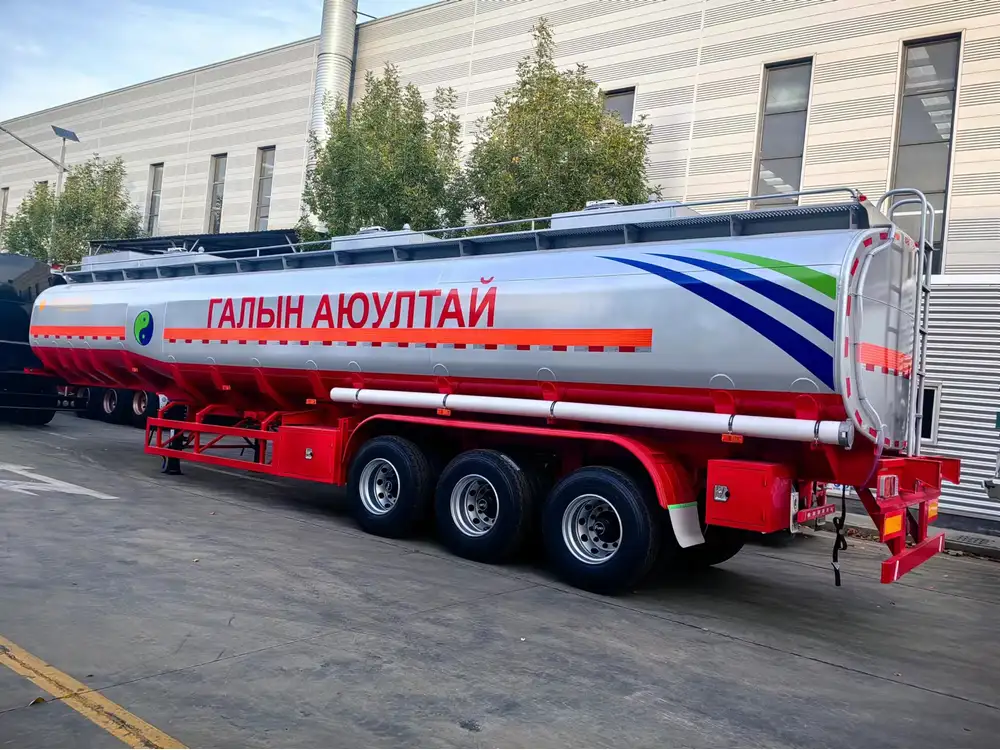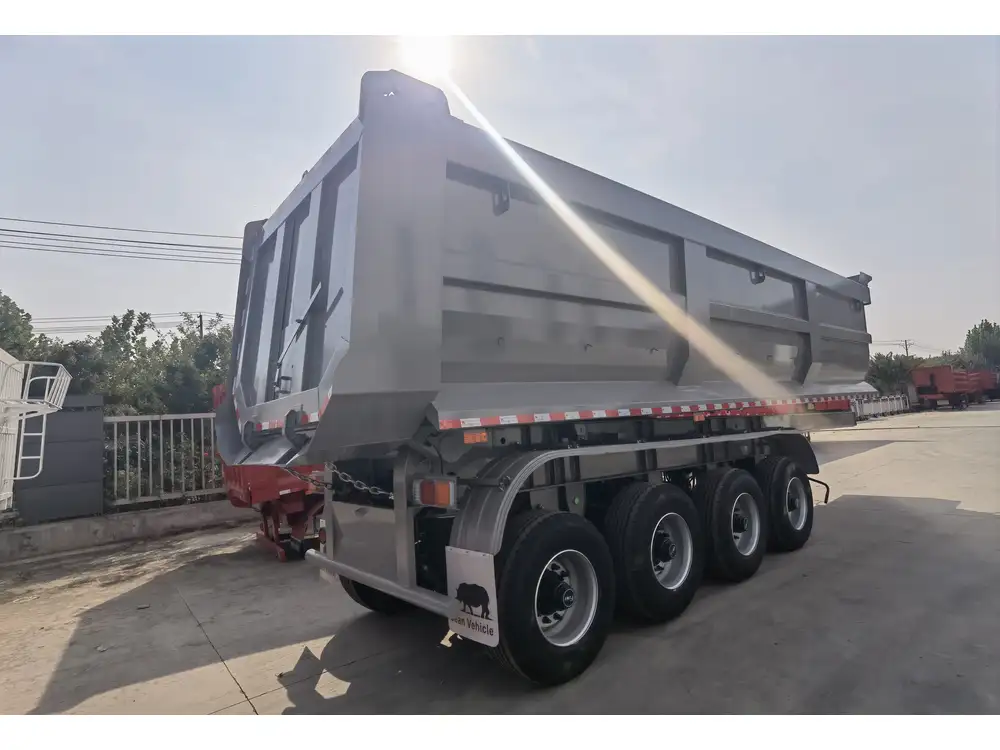In the realm of transportation logistics, semi-trailers play a pivotal role in the efficient movement of goods. However, one term that frequently surfaces concerning semi-trailer operations is the “Federal Excise Tax” or FET. This article delves into the intricacies of how much FET applies to semi-trailers, the implications of these taxes on manufacturers, buyers, and users, and how a thorough understanding can lead to more informed financial decisions.
What is FET?
The Federal Excise Tax (FET) is a tax imposed by the IRS on certain goods, including roads and motor vehicles. While drivers and companies engaged in transporting goods may find this concept complex, it’s essential to view it through the lens of financial implications for operations. Specifically, when a business invests in a new semi-trailer, understanding the FET can significantly impact the total purchase price and operational calculations.
Types of Vehicles Subject to FET
Not all vehicles fall under the FET; however, vehicle type and its intended use can determine the tax rate. Below are the primary categories relevant to semi-trailers:
| Vehicle Type | FET Rate |
|---|---|
| Heavy Trucks (over 33,000 lbs) | 12% |
| Trailers and Semitrailers | 10% |
| Noncommercial vehicles | Exempt |

Determining the Amount of FET on Semi-Trailers
When calculating the Federal Excise Tax applicable to a semi-trailer, several key elements come into play. Here’s a detailed breakdown:
- Price of the Semi-Trailer: The cost of the vehicle before any applicable taxes and fees is the foundation upon which the FET is calculated.
- Tax Rate: For qualifying semi-trailers, this is typically set at 10%.
- Exemptions: Specific exemptions may apply, particularly for certain businesses or uses. This can further affect the total taxable amount.
Example Calculation
Consider a semi-trailer with a purchase price of $50,000:
- Base price: $50,000
- FET rate: 10%
- FET calculation:
[ \text{FET} = \text{Base price} \times \text{FET rate} = 50,000 \times 0.10 = 5,000 ]
In this scenario, the FET would be $5,000, bringing the total purchase price to $55,000.
FET Reporting and Payment
Understanding the payment and reporting structure is crucial for businesses looking to navigate the complexities of the tax landscape:
- Who Must Report: Any individual or entity that manufactures, sells, or imports taxable vehicles must report the FET.
- Forms and Documentation: The IRS requires Form 720 for quarterly reporting of federal excise taxes, including FET. Proper record-keeping of sales and tax payments is vital.

When is FET Due?
FET must be collected and reported quarterly. Businesses that fail to comply or miscalculate their taxes could face penalties or interest on unpaid amounts. Therefore, staying informed and organized is essential in avoiding these pitfalls.
The Impact of FET on Semi-Trailer Purchases
The implications of FET stretch beyond the sheer financial aspect; it can also influence purchasing decisions within a business. Here are key considerations:
Higher Operating Costs
The inclusion of FET in the purchase price can lead to higher overall operational costs for companies. As a result, factors like return on investment, shipping rates adjustments, and cash flow management come into play.

Pricing Strategies for Manufacturers and Sellers
As a manufacturer or seller, recognizing how FET affects pricing strategies is crucial. Many buyers, especially those on tight budgets, may factor FET into their purchasing decisions, leading to potential negotiation scenarios.
Long-Term Financial Planning
Proper long-term financial planning requires understanding how FET and other taxes influence not just immediate expenses but also depreciation schedules and asset assessments. Ensuring that financial forecasts factor in FET can provide a more accurate picture of potential returns and expenditures.
Navigating Exemptions and Reductions
While FET may seem burdensome, it’s essential to recognize that some businesses qualify for exemptions or tax reductions. These exemptions might be available for:
- Nonprofit Organizations: Certain non-profit organizations can apply for tax-exempt purchases.
- Government Entities: Federal, state, and local government purchases may also be exempt from FET.

Conclusion: Making Informed Decisions
Navigating the world of governing taxes like the Federal Excise Tax on semi-trailers doesn’t have to be daunting. By arming yourself with knowledge about rates, calculations, and implications, businesses can make decisions that align with their financial goals.
Understanding how much FET applies to semi-trailers not only benefits manufacturers and sellers but also helps buyers effectively budget their logistics operations. Awareness of exemptions, effective financial reporting practices, and strategic planning can significantly impact a company’s bottom line, enabling smoother cash flow and more precise operational forecasts.
By enhancing your knowledge of FET and similar regulations, you will safeguard your investment decisions, ensuring a prosperous journey through the transportation logistics landscape.
Remember: Always consult with a tax professional to ensure compliance and to explore potential savings unique to your business situation.



